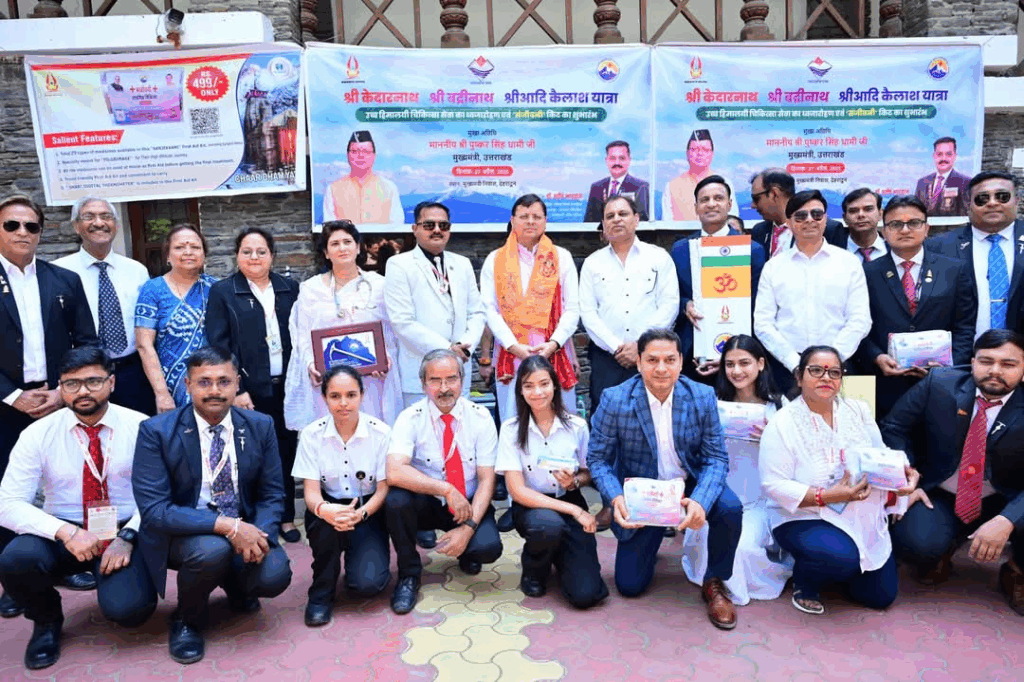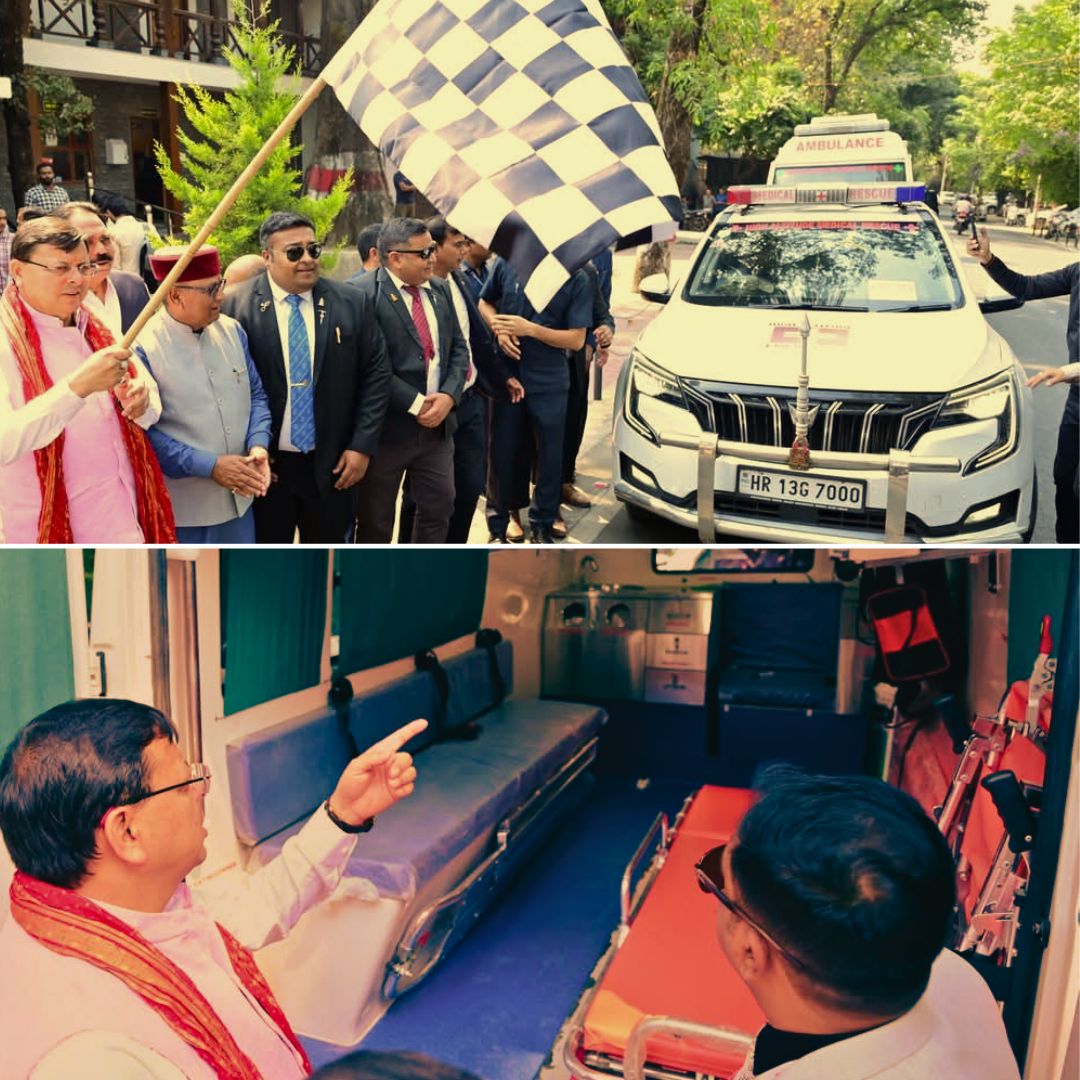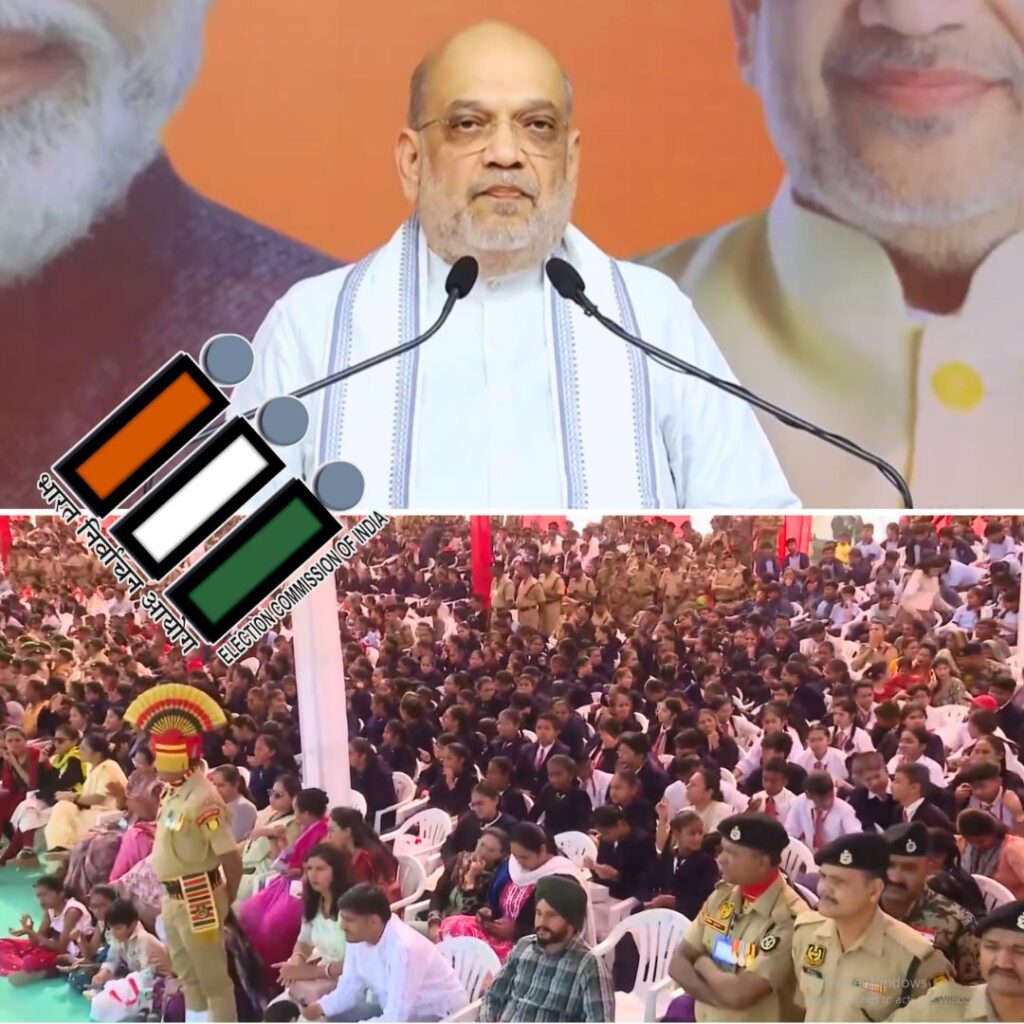Uttarakhand Chief Minister Pushkar Singh Dhami flagged off the High Himalayan Medical Service, operated by Six Sigma High Altitude Medical Services, and launched the Sanjeevani Kit from his Camp Office in Dehradun on April 27, 2025.
This initiative is part of a comprehensive plan to enhance medical preparedness for the Char Dham Yatra, which begins on April 30 and is expected to attract over 50 lakh pilgrims this year. The government has also deployed postgraduate trainee doctors, increased police and ITBP presence, and introduced digital monitoring to address the challenges of high footfall, health emergencies, and logistical bottlenecks.
Officials and experts have welcomed these steps, but stress the importance of sustained vigilance and adaptive management.

Comprehensive Medical Response for Pilgrims
The Six Sigma High Altitude Medical Services team, comprising over 100 doctors and paramedics, will set up advanced medical camps at critical points along the Char Dham and Adi Kailash routes. The newly introduced Sanjeevani Kit, designed for high-altitude emergencies, contains oxygen cylinders, essential medicines, and portable ICU equipment, enabling rapid response to cardiac, respiratory, and altitude-related issues.
Chief Minister Dhami, while flagging off the service, remarked, “Our government is committed to ensuring the safety and well-being of every pilgrim. The deployment of specialised medical teams and equipment will provide timely support and save lives.”
Health Secretary Dr. R Rajesh Kumar highlighted that, for the first time, postgraduate trainee doctors have been authorised to serve during the yatra, following a special approval from the National Medical Commission. “This not only strengthens our medical response but also provides invaluable field experience to young doctors,” he added.
Learning from Past Challenges and Scaling Up
The Char Dham Yatra has historically faced significant challenges, particularly during peak months. In 2024, the yatra saw over 48 lakh pilgrims, with more than 200 reported deaths due to health complications, mostly among elderly and unfit participants.
The surge in visitors led to severe traffic congestion, long queues, and delays in medical response. In anticipation of similar or greater numbers this year, the government has implemented a multi-layered safety plan: police and ITBP personnel have been deployed at major shrines, cyber teams are monitoring for fraudulent booking activities, and weather monitoring systems have been upgraded to provide real-time alerts.
Anoop Nautiyal, founder of the SDC Foundation, emphasised, “While these measures are commendable, there is a pressing need for strict regulation of daily pilgrim numbers and improved public awareness to prevent avoidable tragedies.” Despite the improvements, most slots for May 2025 are already booked, raising concerns about overcrowding and the capacity of emergency services.
The Logical Indian’s Perspective
The Logical Indian applauds the Uttarakhand government’s proactive approach to safeguarding the Char Dham Yatra through enhanced medical infrastructure, digital vigilance, and community engagement. These steps reflect a thoughtful balance between facilitating spiritual journeys and prioritising human life.
However, true harmony demands ongoing dialogue, transparency, and cooperation among authorities, healthcare providers, and pilgrims themselves. As the sacred yatra commences, we encourage everyone to act with empathy, patience, and respect for the fragile Himalayan ecosystem.
What more can we do, as a society, to ensure that faith-based travel remains safe, inclusive, and environmentally responsible for future generations? Share your thoughts and help us foster a culture of care and coexistence.
कैंप कार्यालय से सिक्स सिग्मा हाई एल्टीट्यूड मेडिकल सर्विसेज की उच्च हिमालयी चिकित्सा सेवा का फ्लैग ऑफ और संजीवनी किट का शुभारम्भ किया। निश्चित रूप से इन स्वास्थ्य सुविधाओं से चारधाम यात्रा के सफल संचालन में सहायता मिलेगी। pic.twitter.com/LQawevU3zV
— Pushkar Singh Dhami (@pushkardhami) April 27, 2025












